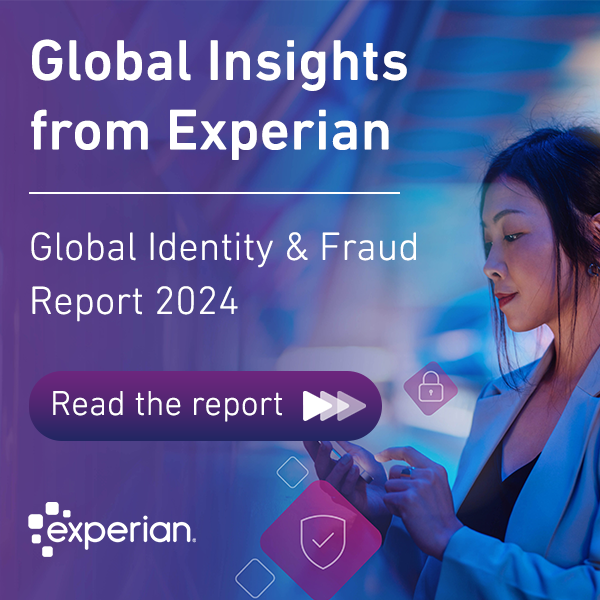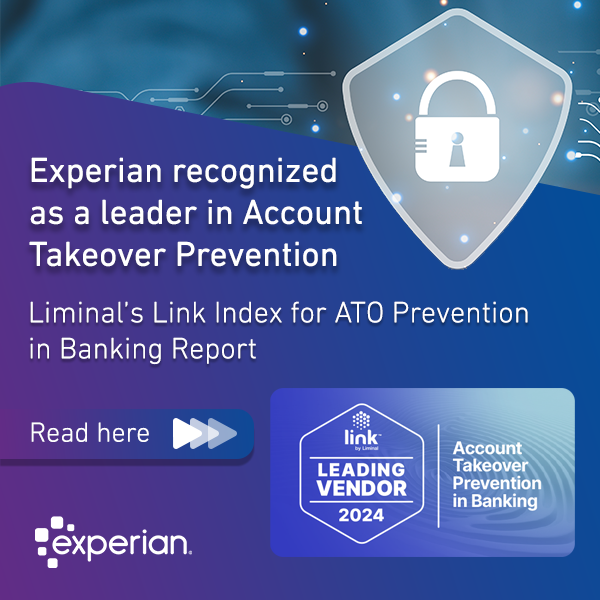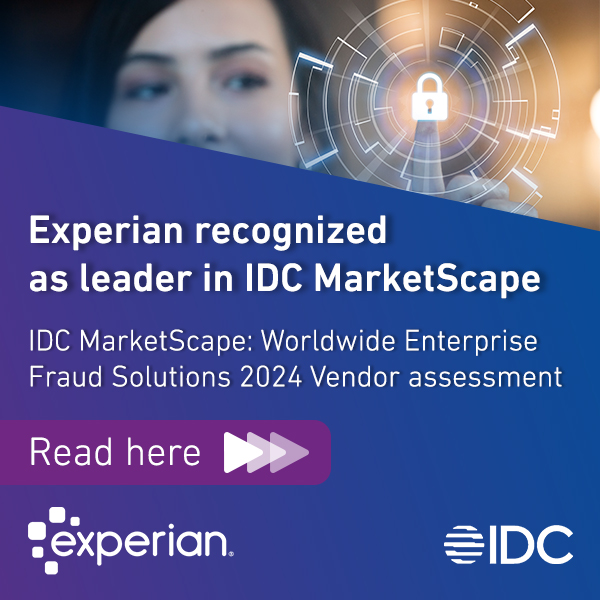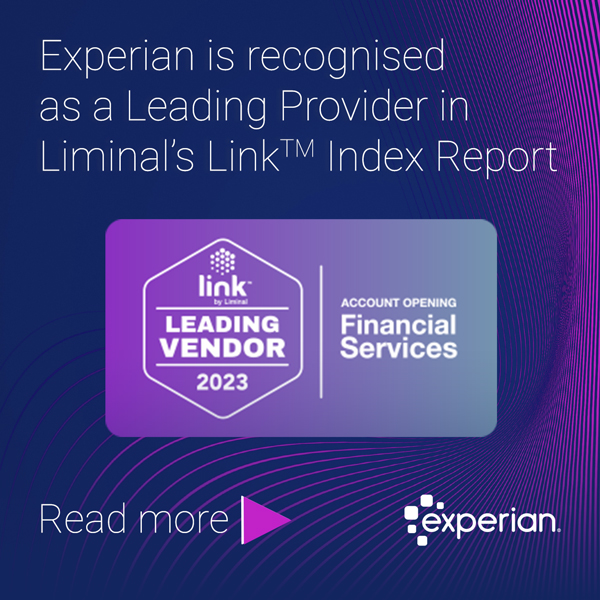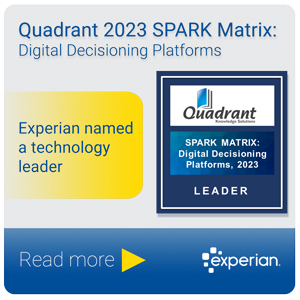
The evolving expectations and experience of the new digital consumer
The expectations of consumers are changing rapidly. People of all ages and incomes are online, seeking the right products and services to manage their financial lives digitally in a secure, speedy, and frictionless environment.
A look inside:
Our latest research reveals the rise of a new digitally savvy consumer—one who is increasingly aware of new payment methods, advanced recognition tools, and the use of AI, and has higher expectations of their digital experience.
Read the report to find out what businesses can do to harness the digital opportunity:
1. Leveraging the AI advantage
2. Incorporating embedded finance
3. Introducing new, more secure technologies
4. Educating consumers about how you use their data
5. Exploring solutions that aggregate emerging technologies
Online spending is continuing its upward trend, with 53% of consumers surveyed saying they have increased online spending and transactions in the past three months, and 50% predicting that their spending will increase in the next three months.
Enabling this shift is the extent to which businesses can provide a quality digital experience. 81% of consumers said that a positive online experience, which includes interactions with multiple digital touchpoints makes them think more highly of a brand. Consumers simply do not tolerate poor-quality online experiences and will take their loyalty to businesses that can meet their expectations.
Speed and security are a driving force for consumers in the payments space, which is reflected in rapid rise in mobile wallet payments. Rivalling traditional payment methods, 62% of consumers say they’ve used a mobile wallet in the last six months. Consumers are embracing these new habits across the board, with 18% saying they have used BNPL in the past six months, and 71% seeing it as secure.
With the rise and increasing awareness of new payment methods like BNPL, consumers who have lacked access to traditional banking, lending and credit cards now have additional financial options, giving businesses the opportunity to prioritise financial inclusion.
The rise of new and increased online activity has resulted in increased concerns about online security, with 42% of consumers more concerned than they were 12 months ago. With this awareness comes opportunity for businesses to leverage new recognition approaches. Biometrics seems to resonate with consumers, with 81% reporting that they feel most secure when encountering physical biometrics.
Trust and security are becoming interdependent, with consumers expecting strong security measures from businesses. 73% of consumers say that the onus is on businesses to protect them online, and 45% identify the belief that businesses have strong security measures in place as the top reason to trust an online transaction.
As consumers become ever-more educated and aware of the digital world, they want businesses to communicate with them about why they are using personal data. 63% of consumers are willing to share their data and see it as beneficial to them if they see security and convenience in return.
We surveyed 6,000 consumers and 2,000 businesses from 20 countries worldwide as part of our ongoing efforts to learn more about how, why, and where consumers interact with businesses online.
Stay in the know with our latest research and insights:
